Guidelines on writing a storytelling essay about the Tortoise and the Hare in 2024 for grade 5 students in Vietnam
Guidelines on writing a storytelling essay about the Tortoise and the Hare in 2024 for grade 5 students in Vietnam
The story of the tortoise and the hare is a fable by La Fontaine. Students can refer to the guidelines on writing a storytelling essay about the Tortoise and the Hare below:
| Vietnamese | English |
|
Ngày xưa, trong một khu rừng xanh tươi, có một chú thỏ và một chú rùa sống cùng nhau. Thỏ nổi tiếng với tốc độ chạy nhanh như gió, còn rùa thì chậm chạp nhưng rất kiên trì. Một ngày nọ, thỏ và rùa quyết định tổ chức một cuộc đua để xem ai là người nhanh nhất. Cuộc đua bắt đầu, thỏ lao đi như một mũi tên, bỏ xa rùa lại phía sau. Thỏ tự tin nghĩ rằng mình chắc chắn sẽ thắng, nên dừng lại bên đường để nghỉ ngơi và ngủ một giấc. Trong khi đó, rùa vẫn kiên trì bước từng bước một, không hề bỏ cuộc. Thỏ ngủ rất say, không hề biết rằng rùa đã vượt qua mình và tiến gần đến đích. Khi thỏ tỉnh dậy, nó hoảng hốt nhận ra rằng rùa đã gần về đích. Thỏ vội vàng chạy thật nhanh, nhưng đã quá muộn. Rùa đã chậm rãi nhưng chắc chắn về đích trước thỏ và giành chiến thắng. Câu chuyện thỏ và rùa dạy chúng ta một bài học quý giá về sự kiên trì và không nên chủ quan, tự mãn. Dù bạn có tài năng hay khả năng vượt trội, nhưng nếu không biết cố gắng và kiên trì, bạn sẽ không đạt được thành công. Ngược lại, dù bạn có chậm chạp hay gặp nhiều khó khăn, nhưng nếu bạn kiên trì và không bỏ cuộc, bạn sẽ đạt được mục tiêu của mình. Quy câu chuyện có thể thấy, cuộc sống cũng giống như một cuộc đua, không phải ai nhanh nhất sẽ thắng, mà là ai kiên trì và không bỏ cuộc sẽ đạt được thành công. Hãy luôn nhớ rằng, sự kiên trì và nỗ lực không ngừng sẽ giúp bạn vượt qua mọi khó khăn và đạt được những điều mình mong muốn. |
Once upon a time, in a lush green forest, there lived a hare and a tortoise. The hare was famous for running as fast as the wind, while the tortoise was slow but very persistent. One day, the hare and the tortoise decided to hold a race to see who was the fastest. The race began, and the hare dashed off like an arrow, leaving the tortoise far behind. Confident that he would definitely win, the hare stopped by the roadside to rest and took a nap. Meanwhile, the tortoise trudged on step by step, never giving up. The hare slept soundly, unaware that the tortoise had already passed him and was nearing the finish line. When the hare woke up, he was alarmed to see the tortoise close to the finish line. The hare hurriedly ran as fast as he could, but it was too late. The tortoise had slowly but surely reached the finish line before the hare and won the race. The story of the hare and the tortoise teaches us a valuable lesson about persistence and not being overconfident. No matter how talented or superior you are, if you do not strive and persist, you will not achieve success. On the contrary, even if you are slow or face many difficulties, if you remain persistent and do not give up, you will achieve your goals. As we can see from the story, life is like a race, not necessarily the fastest will win, but those who persist and do not give up will achieve success. Always remember, persistence and continuous effort will help you overcome all difficulties and achieve what you desire. |
Note: Above content is only for reference!
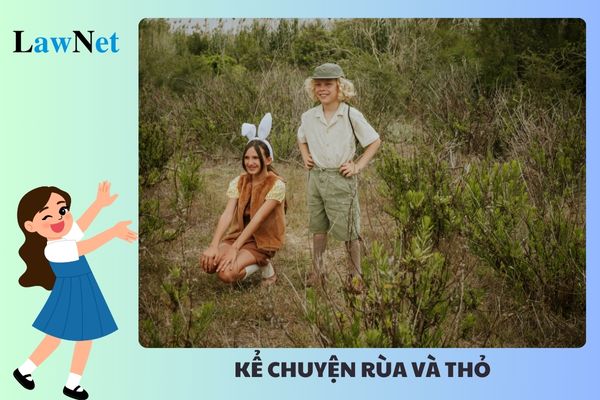
Guidelines on writing a storytelling essay about the Tortoise and the Hare in 2024 for grade 5 students in Vietnam (Image from Internet)
What does the grade 5 Vietnamese language curriculum include?
Based on the educational program for the Vietnamese language subject issued with Circular 32/2018/TT-BGDDT, the grade 5 Vietnamese language curriculum includes:
VIETNAMESE LANGUAGE KNOWLEDGE
1.1. Rules for writing the names of people and places from foreign countries
1.2. Some cases of capitalizing common nouns to show special respect
2.1. Vocabulary by theme
2.2. Dictionary: how to find words, meaning of words, how to use words, and search for other information
2.3. The meaning of some easy-to-understand, common idioms
2.4. The meaning of some common Sino-Vietnamese elements, "homonyms with different meanings"
2.5. Synonyms: characteristics and effects
2.6. Polysemous words and the meaning of polysemous words in texts.
3.1. Pronouns and conjunctions: characteristics and functions
3.2. Simple sentences and compound sentences: characteristics and functions
3.3. The use of the dash (placed in the middle of a sentence to mark explanation or commentary parts within the sentence); the hyphen (joining words in borrowed terms consisting of multiple words)
4.1. Rhetorical strategies of repetition and anaphora: characteristics and effects
4.2. Links between sentences in a paragraph, some sentence linking measures, and linking words: characteristics and effects
4.3. Types of text and genre
- Writing a composition based on the ending of a story
- Compositions describing people or landscapes
- Paragraphs expressing feelings or emotions about an event, a poem, or a story
- Paragraphs expressing opinions on a social phenomenon
- Compositions explaining a natural phenomenon, introducing books or films, task reports, activity programs, using charts; advertisement texts (flyers, posters, ...)
- Information through images and figures (non-verbal communication means).
LITERATURE KNOWLEDGE
-
Themes
-
Ending of stories
-
True stories and imaginative stories
-
Details, time, place in stories; images in poems
-
Characters in play scripts and dialogues
MATERIALS
1.1. Literary texts
- Folktales, short stories, science fiction stories; descriptive texts
- Poems, excerpts of poems, children's songs, proverbs
- Drama scripts
Text length: stories and scripts about 300 - 350 words, descriptive texts about 200 - 250 words, poems about 110 - 130 words
1.2. Informative texts
- Texts explaining natural phenomena
- Texts introducing books, films
- Activity programs; advertisements
Text length: approximately 230 words
What is the age of grade 5 students in Vietnam?
Based on Article 33 of the Primary School Regulation issued with Circular 28/2020/TT-BGDDT on the age of primary school students:
Age of Primary School Students
- The age for students entering grade 1 is 6 years old, calculated by the year. Disabled children, children with physical or cognitive delays, children in regions with particularly difficult socio-economic conditions, minority ethnic children, orphans with no support, children returning from abroad, children of foreigners studying and working in Vietnam may enter grade 1 at an older age but not more than 3 years over the prescribed age. Any case exceeding 3 years will be decided by the Head of the Department of Education and Training.
- Primary school students may study at an age higher than the prescribed age in cases of grade retention, students in regions with particularly difficult socio-economic conditions, minority ethnic students, disabled students, students with physical or cognitive delays, orphans with no support, students returning from abroad, and other cases as regulated by law.
Thus, usually, the age for students entering grade 1 is 6 years old, and if students progress through the grades annually, grade 5 students will be 10 years old.
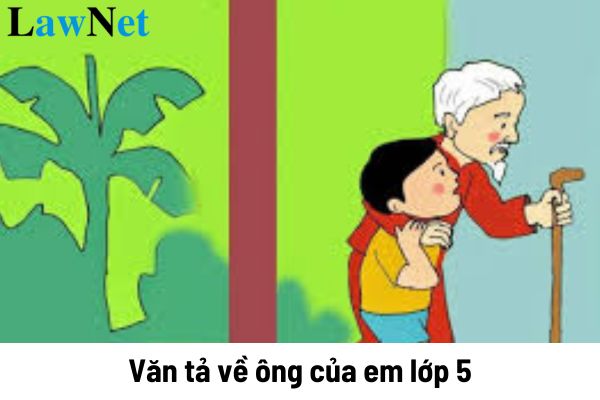
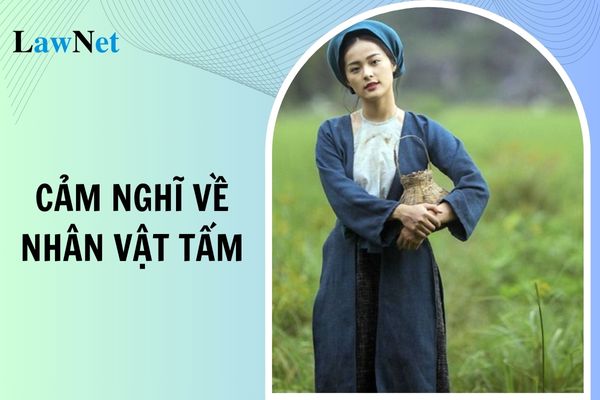
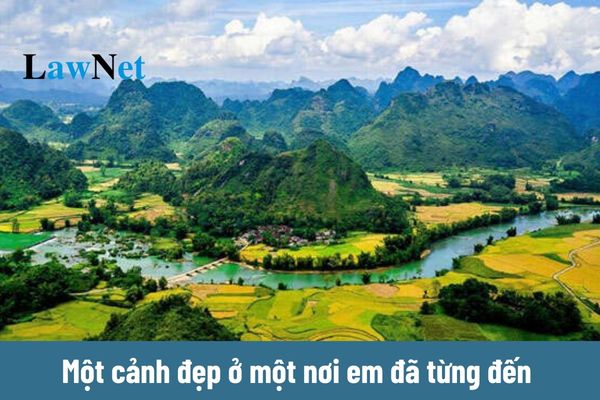
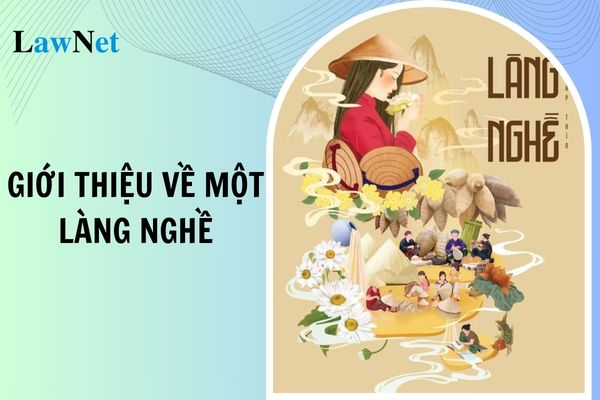



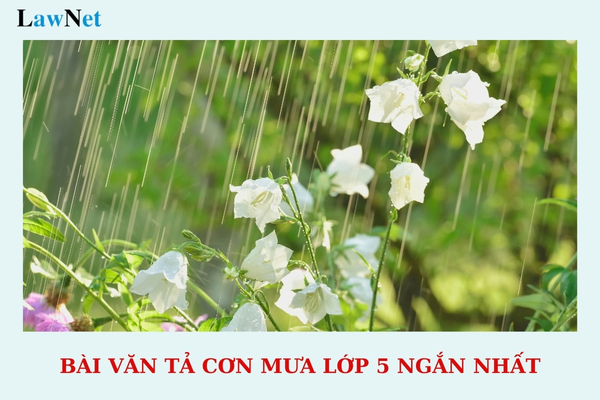
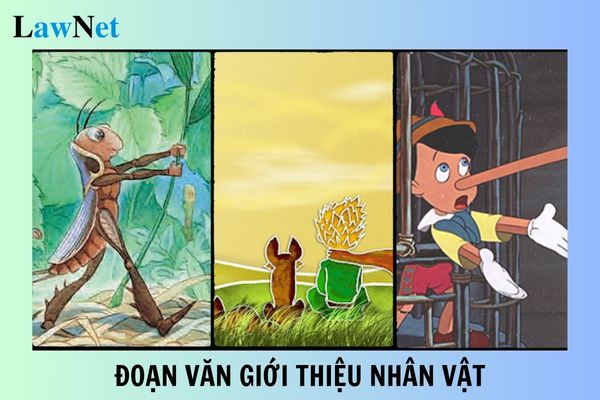
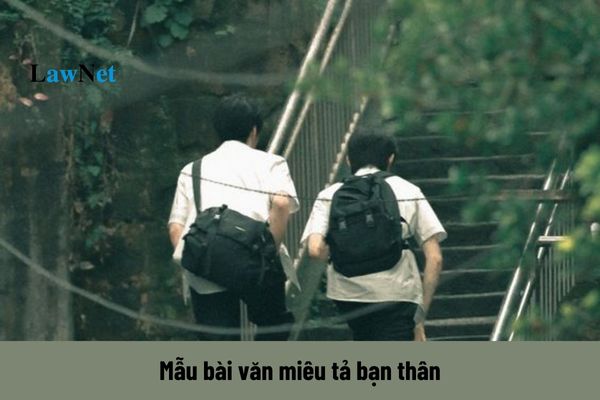
- Vietnam: What is the sample outline of an essay on the analysis of expressions of national spirit in the Poem "Việt Bắc" for 12th-grade students? What patriotic qualities are required for 12th-grade students?
- Vietnam: What are your thoughts on the Poem "Tiếng ru" by To Huu? How many lessons are there in the 12th-grade Literature curriculum per year?
- What are the sample essays describing your grandfather for 5th-grade students in Vietnam? What are the assessment criteria for 5th-grade students in 2024?
- Vietnam: What are the sample social argumentative essays on social media etiquette for 10th-grade students? What Vietnamese knowledge do 10th-grade students learn?
- Vietnam: Why is the French Bourgeois Revolution considered the most thorough one? What learning outcomes are required for 11th-grade students after studying the bourgeois revolution?
- Vietnam: What is the atmosphere? What is the grade at which students are required to master the knowledge of the atmosphere in the History and Geography curriculum?
- Vietnam: Why does the phenomenon of day and night alternation occur on Earth? What is the grade at which students learn about the phenomenon of day and night alternation on Earth?
- What is the newest report template on distance education at the higher education level in Vietnam?
- Vietnam: What are the shortest sample expositions on Ba Den Mountain for 9th-grade students? What learning outcomes are required for the writing process in the 9th-grade Literature curriculum?
- In Vietnam, what does local time mean? What is the grade at which local time is taught in the History and Geography curriculum?

